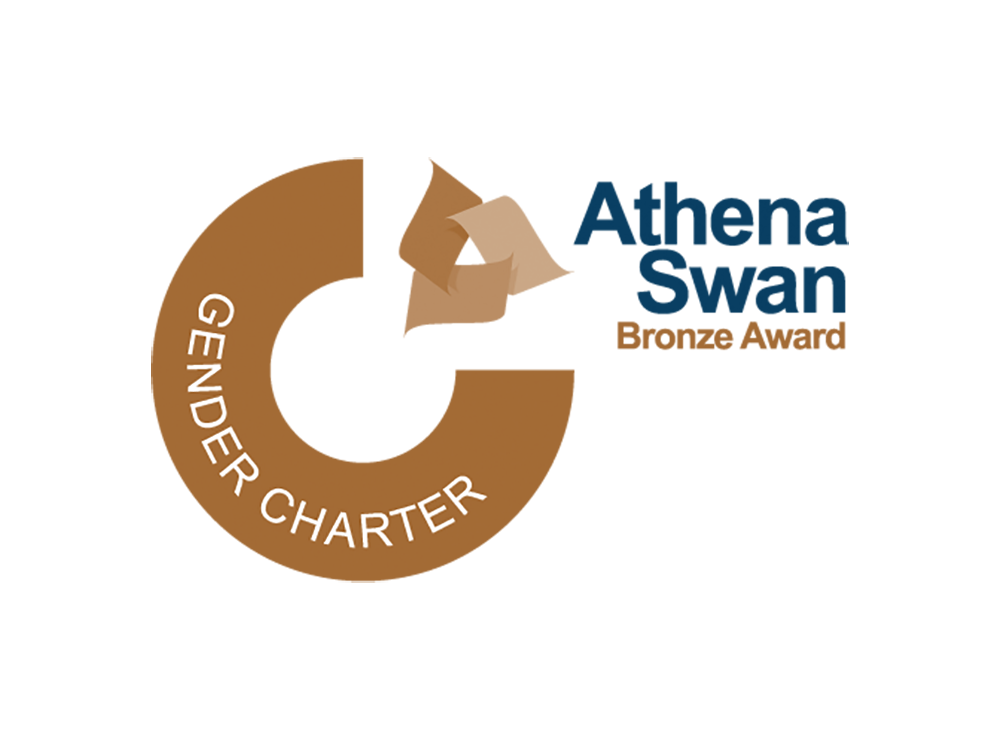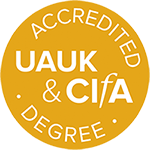Current filters applied:
- (-) Remove Current Projects filter Current Projects
- (-) Remove Recently Completed Projects filter Recently Completed Projects
- (-) Remove Archaeology filter Archaeology
- (-) Remove Science, Technology and Innovation filter Science, Technology and Innovation
Displaying 17 projects
At the intersection among the arts, science, and technology, printing is widely recognised as the invention of the millennium. However, and in spite of a resurgence of traditional typographic methods among artists and craftspeople, letterpress equipment and technology face an uncertain future...
A multi-disciplinary research project focusing on St. John's Hospital cemetery, Cambridge, with an aim to learn more about the lives of the medieval urban poor during the bubonic plague epidemic known as the Black Death.
Archaeological data is often biased and incomplete. This is a well-known issue for most archaeologists. Although studies of specific sites and small regions can have this into account, the effect of this problem increases exponentially as archaeologists expand their chronological and geographic...
The archaeology of Sub-Saharan Africa is rapidly gaining momentum, thanks to renewed efforts to decolonise and empower indigenous narratives of agency and creativity that have been bolstered further by the increasing application of scientific methods. However, important challenges remain. One is...
The bioarchaeological characterization of disabled individuals from the past is particularly challenging because it pushes the boundaries of the interpretation of pathologies recognisable on human remains. With my project, namely B-CARED, I will investigate the bioarchaeological approaches for...
A multidisciplinary project investigating the interrelations between crop plants, insect pollinators, and human management in prehistory.
This research employs archaeobotanical and biomolecular methods to reconstruct ancient agropastoral change over the first millennium CE in two microregions, the Aravah valley along the southern border of modern Israel-Jordan and the adjacent Negev Highlands. The region witnessed unprecedented...
ENCOUNTER investigates the Jomon-Yayoi transition, a demic and cultural diffusion event that led the predominantly hunting, gathering, and fishing-based communities of the Japanese islands to adopt rice and millet farming during the 1st millennium BC.
A large-scale multi-disciplinary study of pre-Roman iron technology in the Iberian Peninsula.
Image: Ancient pastoralist settlement viewed from the air, Amboseli, Kenya. Photo: P. Lane. Mapping Africa's – Endangered Archaeological Sites and Monuments (maeasam.org) project aims to identify and document endangered archaeological heritage sites across Africa using a combination of remote...
The Mapping Archaeological Heritage in South Asia (MAHSA) project will document the endangered archaeology and cultural heritage of the Indus River Basin and the surrounding areas and publish this information in an Open Access Arches geospatial database. This database will be a collaborative output...
The project focuses on the models of circulation of raw materials during the Iberian Late Prehistory, as well as the use and social value given to the different materials, with special attention to metals and amber.
This project aims to gain a better understanding of the relationship of Crete with the world outside the island through the lens of a key body of materials: goldwork.
The project centres on the development and application of quantitative methods that model the emergence and extinction of technological diversity. This research builds from the premise that technological innovations can be a key mechanism for mitigating unpredictable or rapidly changing...
Cooperation is a markedly human mix of innate and learned behaviour, and a key to tackling some of our greatest concerns. Paradoxically, studies of social dynamics often focus on hierarchies, state formation and political structures ruled by coercive power, with comparatively little regard to the...
Investigating human-animal relations in the ancient Near East, with equids (horses, donkeys and horse-donkey hybrids) as the main focus.
The PlaCe network is a high-profile partnership focused on the interdisciplinary study of pre-modern ceramics and plasters. This Innovative Training Network aims at training Early-Stage Researchers to conduct state-of-the-art, science-based research on the technology, use, and provenance of...


